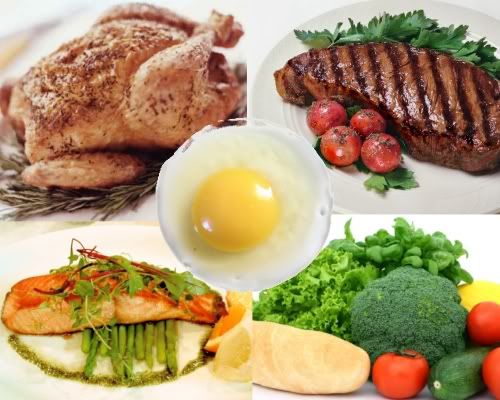Every living cell, whether plant or animal, contains iron. Most of it in the body is a component of the proteins: hemoglobin in red blood cells and myoglobin in muscle cells. Oxygen transport throughout the body is reliant on these red blood cell carriers. Red blood cells live only about three to four months, but when they die the spleen and liver break them down and save the iron. It is then shipped back to the bone marrow to be recycled. Iron also helps many enzymes in energy pathways to use oxygen, and is needed to make new cells, amino acids, hormones, and neurotransmitters. Since iron is widespread in foods, a deficiency is generally due to malnutrition or a high consumption of the wrong kinds of foods—those high in sugar and fat with little nutrient value.
Generally, women need to be more aware of their iron intake than men because of the monthly loss during the menstrual cycle. We have already mentioned the potential hazards of too much iron in the body as it relates to the production of free radicals by means of oxidation. More work needs to be done to clarify the association. Tea, coffee, the calcium and phosphorus in milk, and compounds
(phytates) present in some plant foods impair iron absorption. Combining an iron food and a vitamin C food enhances absorption.
Food Sources of Iron are: Legumes, peas, nuts, dried fruits, leafy green vegetables, enriched pasta and bread, fortified cereals. Cooking in iron pots adds iron, especially to acidic foods.

